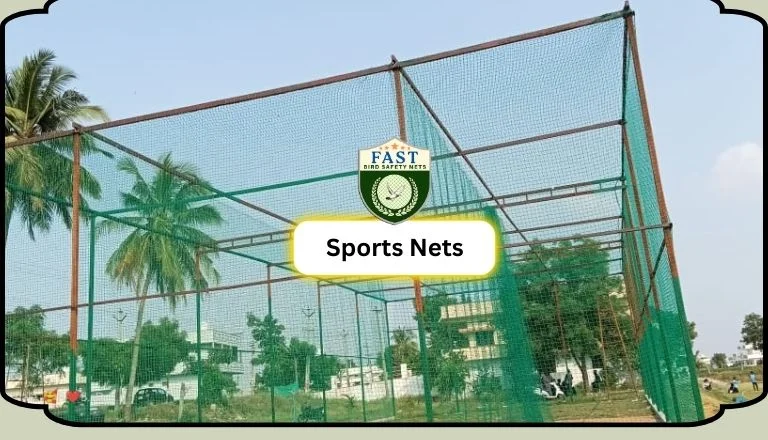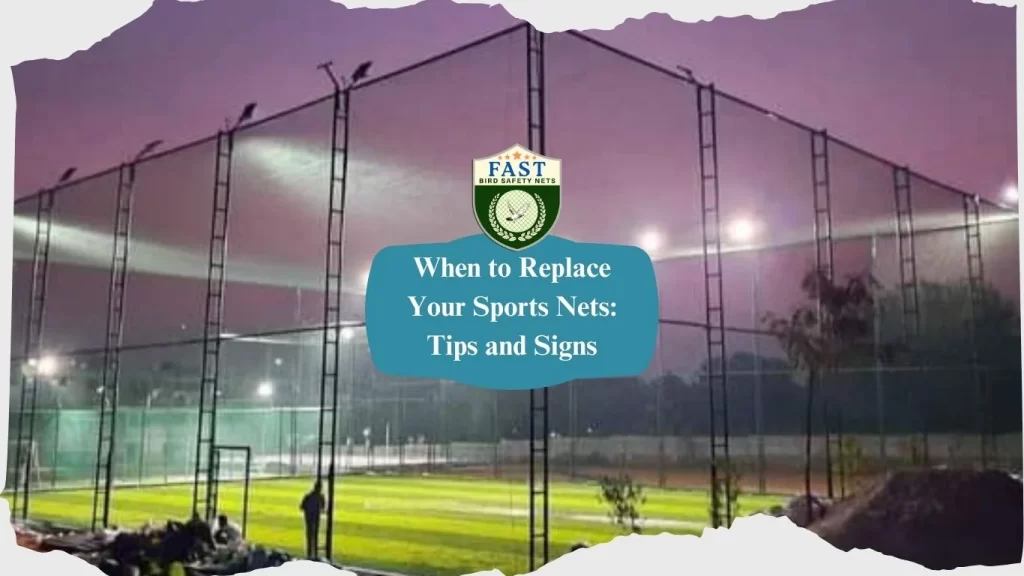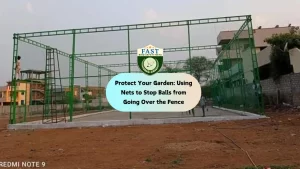Sports net play a crucial role in ensuring safety during games and practice sessions. However, over time, these nets can deteriorate, compromising their effectiveness and potentially leading to accidents. In this blog post, we’ll discuss essential tips and signs to help you determine when it’s time to replace your sports net, particularly focusing on fast safety nets used in various sports.

- Visible Wear and Tear: Inspect your sports nets regularly for visible signs of wear and tear. Look for fraying, holes, or areas where the netting appears stretched or weakened. These signs indicate that the net may no longer provide adequate protection and should be replaced promptly to prevent injuries during play.
- Loss of Tension: Fast safety nets rely on proper tension to effectively contain balls or players within the designated playing area. If you notice that the net has become saggy or loose, it’s a clear indication that it has lost its tension and needs to be replaced. A lack of tension compromises the net’s ability to contain fast-moving objects, posing a safety risk to players and spectators.
- Fading or Discoloration: UV exposure can cause sports nets to fade or discolor over time. While this may seem like a purely aesthetic issue, it can also indicate damage to the netting fibers. UV-resistant nets are designed to withstand prolonged sun exposure, but if you notice significant fading or discoloration, it’s a sign that the net may be nearing the end of its lifespan and should be replaced to ensure optimal safety.
- Brittle or Cracked Netting: Exposure to harsh weather conditions, such as extreme heat or cold, can cause sports nets to become brittle or develop cracks in the netting material. Brittle or cracked netting is more prone to tearing or breaking upon impact, increasing the risk of injury during gameplay. If you notice any signs of damage to the netting material, it’s essential to replace the net promptly to maintain a safe playing environment.
- Compliance with Safety Standards: Finally, consider the age of your sports nets and whether they meet current safety standards and regulations. As safety technology advances, older nets may no longer provide adequate protection for players. Regularly review safety guidelines and consult with experts to ensure that your sports nets are up to date and compliant with industry standards.
Conclusion: Replacing sports nets at the right time is crucial for maintaining a safe playing environment for athletes and spectators alike. By regularly inspecting for signs of wear and tear, loss of tension, fading, brittleness, and ensuring compliance with safety standards, you can identify when it’s time to replace your fast safety nets and ensure continued safety during sports activities.






